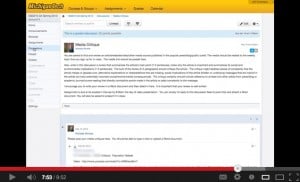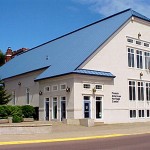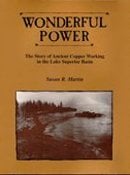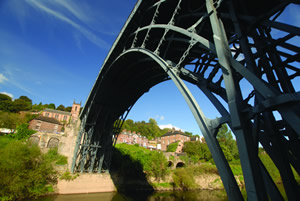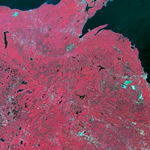Bioenergy Must Be Sustainable
The National Science Foundation is funding a Research Coordination Network (RCN) to help researchers, policymakers, industry leaders and others investigate the effects of mass biofuel production on human communities and natural systems. The Sustainable Futures Institute (SFI) manages the RCN program at Michigan Tech.
Partnerships for Research and Education (PIRE) is another NSF-funded project that grew out of RCN. PIRE,’s lead researcher is Kathleen Halvorsen, a professor of natural resource policy at Michigan Tech. The PIRE team is studying impacts from bioenergy production in Brazil, Canada, Mexico, the U.S. and Argentina.
“We’re working to fill the research gaps in bioenergy production so we can maximize the benefits and minimize the negative impacts,” Halvorsen explains. “Another thing we want to do is improve policy in these countries to support the research and development of bioenergy.”
Read more at Laboratory Equipment.
